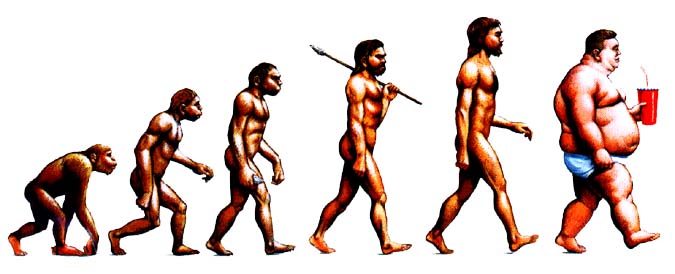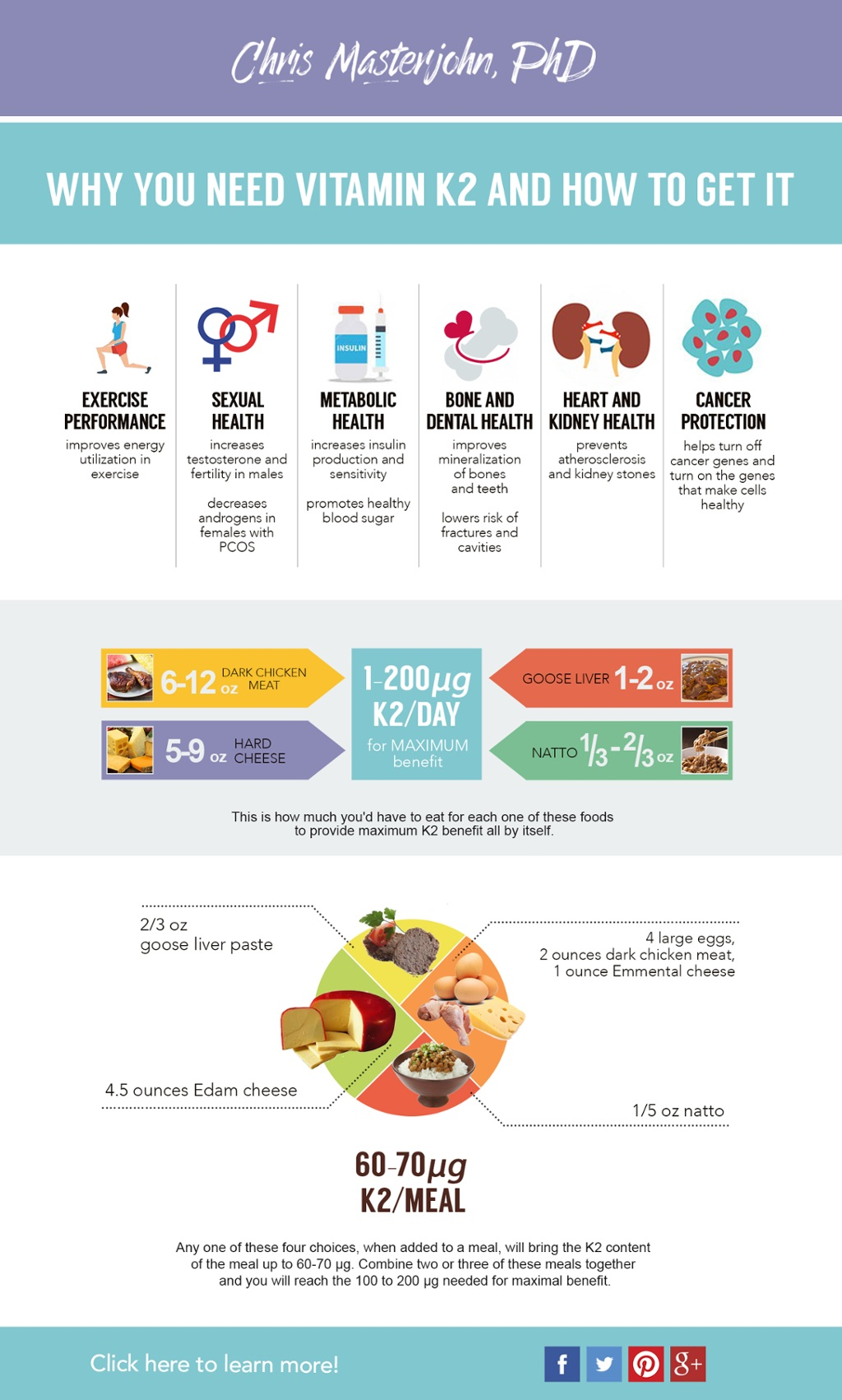
Protein powders are considered a staple of many person’s supplemental regimens, and for good reason too. Protein powders are cheap, simple, and effective. They can be used for fat loss, muscle-building, or for general health.
Recently, I have been asked about which protein powders are the best to use. I did a bit of research and have come up with the following information. Protein powders can fall under two main categories:
- Animal-based proteins; and
- Plant-based proteins.
There a many reasons to supplement with protein powders. Below is a list of situations where protein supplementation may be beneficial:
- Post exercise recovery of muscle function and performance;
- Increasing the duration or intensity of workouts;
- Trying to gain weight or muscle mass;
- Athletes participating in advance training;
- Recovery from an injury or medical procedure;
- Deciding to go vegetarian or vegan;
- For the elderly.
Bio Availability (BV)
The BV is one way to measure a protein’s “usability”. The higher the BV, the greater the proportion of available protein that can be synthesized by the body’s cells. Note, BV scores are averages and does not refer to the amount of protein in the powder; it only refers to the usability of the protein in the powder.
Animal Based Proteins
Animal derived proteins are better overall than vegetarian derived. They are complete protein sources and are typically better absorbed and digested than their plant-based partners.
Whey (BV: 95-100)
The standard protein powder. Whey is derived from milk as the liquid component. It’s main benefits that make it stand apart from the rest are:
- 25% branched-chain amino acid (BCAA) content by weight, approximately;
- High cysteine and glutamine content, which aid in glutathione production and gut health; and
- Fast absorption speed relative to other protein sources (1-3 hours).
Various forms exist, such as Whey Concentrate, Whey Isolate, and Hydrolyzed Whey (digested slowest to fastest).
Out of all protein sources, whey can also be seen as the “healthiest” due to it’s cysteine and glutamine content increasing levels of glutathione (an intrinsic anti-oxidant) in the body, and providing an abundance of glutamine for cells lining the gut.
The BCAA content is also notable as it is rich in the amino acid Leucine, which has many muscle-building properties in the body and is one of the most important amino acids to ingest in higher-than-normal doses with the goal of building muscle mass or retaining muscle mass when losing fat.
Casein (BV: 75-80)
The standard ‘slow release’ protein source. Casein is the curd (solid) portion of dairy protein. The typical benefits associated with casein supplementation are:
- A very high insulin secretion value relative to other protein sources;
- Slower absorption in the intestines;
- Great evening protein source.
Casein is found in various forms such as Calcium Caseinate and Micellar Casein. These are generally slow digesting proteins (6-8 hours). These proteins are also a great source of dietary glutamine, which feed the cells lining the gut.
Casein is also a protein source that some people find difficult to digest. If you have any digestive issues with dairy products then I’d stay away from this.
Egg (BV: 100)
Egg protein is typically dehydrated egg white albumin. Egg’s main marketing points are:
- An excellent bioavailability;
- A balanced amino acid profile; and
- Is a medium release protein source (3-6 hours).
Egg white protein is heat processed, so the biotin-binding compound called ‘Avidin’ (which may lead to biotin deficiency via consumption of raw egg whites) becomes a non-issue.
Collagen (BV: 90-95)
Collagen hydrolysate or Collagen Peptides are produced from collagen found in the bones, skin, and the connective tissue of animals. Collagen is the key structural protein that ensures the cohesion, elasticity, and regeneration of all of our connective tissues.
Supplementing collagen provides all the amino acids you need for connective tissue repair, and it thickens the skin for a more youthful appearance.
Some of the benefits of Collagen:
- Gut bacteria turns collagen into butyric acid which is good for digestion;
- Supports connective tissue repair;
- Supports bone health;
- Great protein source for people who can not tolerate dairy based proteins;
- Has a high glycine content (an amino acid that increases Glutathione production which has been dubbed the master antioxidant).
Plant Based Proteins
Not as good as animal based protein powders. Various vegan options exist each with their own list of benefits and drawbacks. They generally do not have complete amino acid profiles and need to be paired with other sources to transform them into complete protein sources.
Soy (BV: 75-80)
Soy protein is a protein source based on soy beans. It’s main selling points are:
- A complete vegan amino acid profile;
- Hormonally active constituents that may benefit bone health and anti-cancer effects; and
- Very high and diverse micronutrient profile.
Soy is a controversial topic. Soy itself in an unprocessed (food) and unfermented form has many noted downsides to it, including:
- Protease and trypsin (intrinsic enzyme) inhibitors;
- Disruptions to the estrogen / testosterone balance in the body (via phytoestrogens);
- Disruptions to thyroid metabolism;
- Lectin content;
- Phytic acid and similar anti-nutrients.
The significance of these concerns are dependent on the form of the soy ingested (fermented, unfermented and raw, processed, etc), on the person ingesting it (post-menopausal women v. 20-year-old male) and in the dose consumed.
Rice (BV: 80-85)
Rice protein is a protein powder created from rice after the protein and carbohydrate sections have been separated by enzymatic treatment. Rice proteins main marketing points are:
- Very easily digested (easy on the stomach);
- Low allergen content.
It is usually paired with Pea / Gemma protein to get a more complete amino acid profile.
Pea / Gemma (BV: 70-75)
Can be seen as the ‘Whey’ of the vegan options. Pea protein is higher in the amino acids leucine, arginine, and glutamine. Pea protein’s main selling points are:
- High leucine content;
- High digestibility.
It is usually paired with rice protein in order to get a more complete amino acid profile.
Pea Proteins typically contain isoflavones, lectins and phytates and other anit-nutrients similar to soy.
Regarding Lectins, Phytates and similar anti-nutrients
Lectins are an extraordinarily sticky protein that particularly like carbohydrates (sugars). Once it enters into the small intestine, it has the tendency to stick to the intestinal epithelial cells, or as we’ve come to lovingly know them, the microvilli lining.
It’s here that the stage is set for yet another wonderful phenomenon known as leaky gut syndrome (I’ll save the rest for another post).
Much like lectins to carbohydrates, Phytates love to bind with calcium, iron, magnesium, and zinc. The take-away here is that due to the high amount of Phytate (found in cereals, grains and legumes), vegetarian and vegan diets are almost certainly deficient in calcium, iron, magnesium and zinc.
This is the main reason why smart supplementation, and timing is required when following plant-based diets.
In summary
Use the above information as a guide only. While supplementing with protein powders can help you reach your goals, the best option is to get as much of your daily protein requirement from your diet by eating plenty of lean meats, seafood and eggs.
My personal preference is using Whey Protein Concentrate or Collagen. They have complete amino acid profiles and have excellent bioavailability.
Noting that not everyone can tolerate dairy and other animal based products, or choose not to consume them for other reasons, there are suitable plant-based proteins on the market to help you reach your daily requirement.
The choice is yours.











